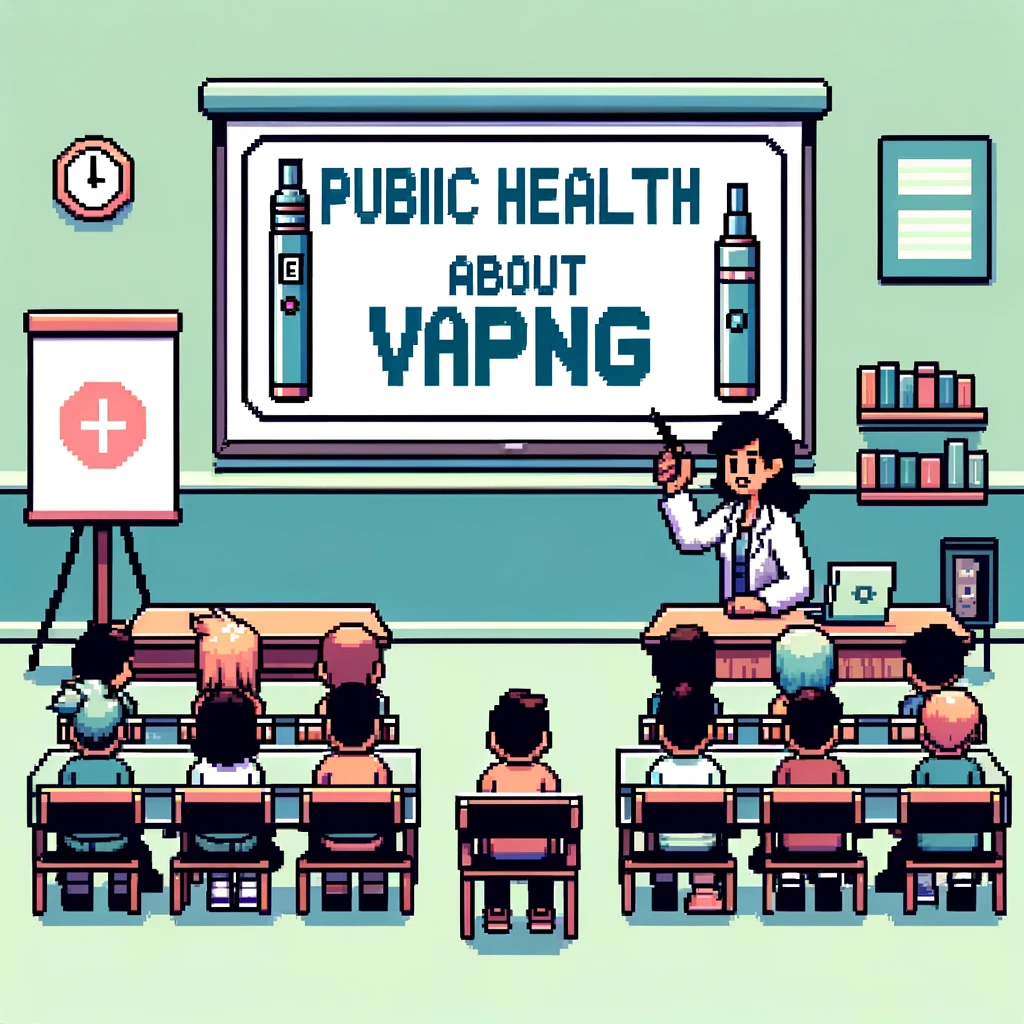
The Impact of Vaping Campaigns on Youth: Insights for School Psychologists
Vaping among youth has emerged as a significant public health concern. The recent study titled “Noticing education campaigns or public health messages about vaping among youth in the United States, Canada, and England from 2018 to 2022” provides vital insights into how public health campaigns are perceived by young people in different countries.
The Growing Concern of Youth Vaping
Vaping, often perceived as a safer alternative to smoking, has become increasingly popular among teenagers. This trend raises concerns as the long-term health impacts of vaping are still under research. Understanding how public health campaigns about vaping are noticed and perceived by youth is crucial in shaping effective strategies for health education and intervention.
Divergent Approaches in the US, Canada, and England
The study highlights different approaches in the US, Canada, and England. In the US and Canada, campaigns largely focus on preventing youth vaping, while in England, they are part of broader smoking cessation efforts. These differences reflect in how campaigns are funded and executed.
Key Findings:
- High Noticeability of Campaigns: A significant portion of youth in all three countries reported noticing vaping campaigns, especially in the US.
- Channels of Communication: The most common platforms where campaigns were noticed include websites/social media, schools, and television/radio.
- Perception of Vaping: Most campaigns were perceived negatively towards vaping, particularly in the US. This perception aligns with the primary goal of deterring youth from vaping.
Implications for School Psychologists
1. Understanding Campaign Influence:
School psychologists must understand the influence of these campaigns on youth perceptions of vaping. It’s essential to discuss these perceptions during counseling sessions or health education talks.
2. Integrating Campaign Messages in School Curriculum:
Given that schools are a primary channel for these campaigns, integrating their messages into the school curriculum could reinforce their impact. This integration should focus on providing balanced information about vaping.
3. Addressing Misconceptions:
The study indicates a risk of campaigns inadvertently reinforcing misconceptions about vaping. School psychologists should work on correcting these misperceptions, clarifying that while vaping is harmful, it’s generally less harmful than traditional smoking.
4. Targeted Interventions:
Since campaigns are more noticed on digital platforms and at schools, creating targeted interventions in these settings could be more effective. For instance, digital literacy programs can teach students to critically evaluate health information online.
Conclusion
The study underscores the need for balanced and accurate public health messaging about vaping. For school psychologists, this means being aware of the content and impact of these campaigns and using this knowledge to inform their work in schools. It’s about striking the right balance between deterring youth from vaping and providing them with accurate health information.
Empower Your Mind, Transform Education!
Leap into a world of groundbreaking school psychology for just $50 per year. With This Week in School Psychology, get the most stimulating content delivered directly to you. Benefit from time-saving summaries and impactful insights. Your support fosters a more enlightened educational sphere. Don’t just read about change; be the change. Subscribe now for a year of empowerment!



